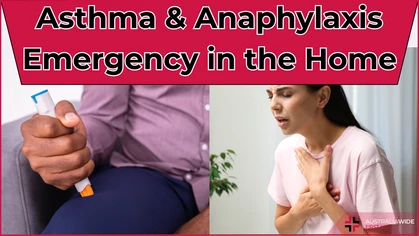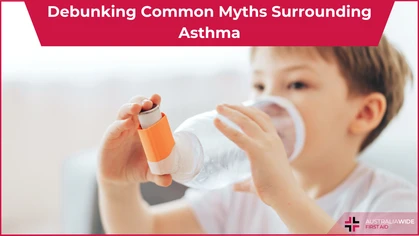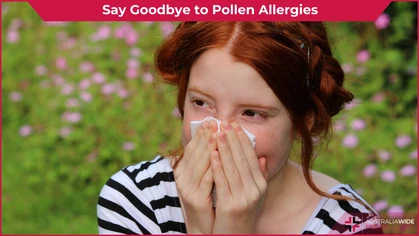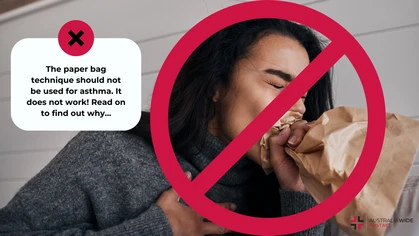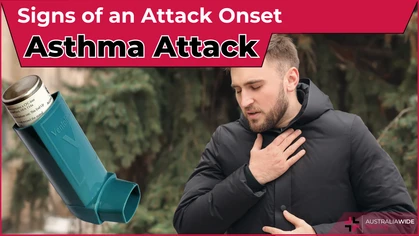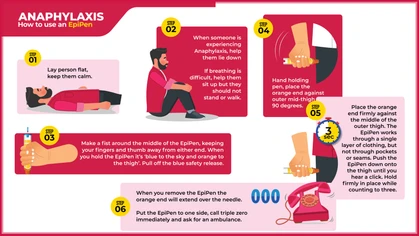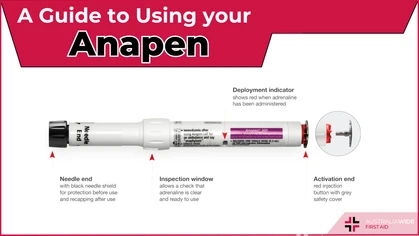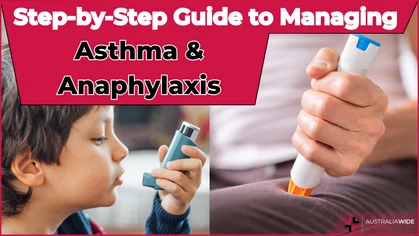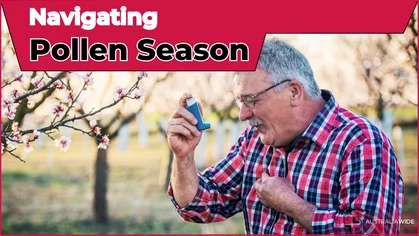Anaphylaxis and Adrenaline

Allergy and Asthma
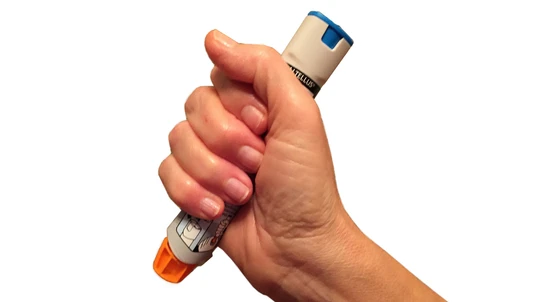
Adrenaline auto-injectors are designed for easy access and use with simple instructions
Anaphylaxis is a life threatening allergic reaction. It can occur within minutes of exposure to a trigger substance. The first line of treatment for an anaphylactic reaction is the injection of adrenaline using an epinephrine auto-injector such as an EpiPen or AnaPen.How does an adrenaline auto-injector work?
EpiPen and AnaPen contain the active ingredient adrenaline, also referred to as epinephrine. Adrenaline is a hormone produced naturally by the adrenal glands in the body in times of stress. This prepares the body for extra energy exertion to allow the body to more readily handle life threatening situations. When someone has an anaphylactic reaction they may encounter the following symptoms:- Tightness of the throat from swelling
- Difficulty breathing
- Tongue & facial swelling
- Hoarse voice or difficulty speaking
- A wheeze or persistent cough
- Collapse or falling unconscious
- Becoming pale or floppy (young children)
- Abdominal pain & vomiting
- Hives, welts & body redness
How do I use an adrenaline auto-injector?
Adrenaline should be administered as soon as possible to a person going into anaphylactic shock. An auto-injector is designed for this but it’s an emergency treatment only. Anyone experiencing anaphylactic symptoms, should also seek receive further treatment from a medical professional. An EpiPen or AnaPen auto-injector comes pre-filled with epinephrine which will automatically inject when the device is pushed firmly against skin. The auto-injector should be pushed against the outer-mid thigh, NOT injected into veins, fingers, toes, hands or feet. When using an auto-injector, follow the instructions that come with it, or follow the advice of your doctor. It should be used at the first signs of a serious allergic reaction. People who are susceptible to anaphylactic reactions should always carry an auto-injector with them, so it can be used immediately. See the chart below for instructions on how to use an auto-injector.
Recommended First Aid Treatment for Anaphylaxis
First aid for anaphylaxis
If a person’s symptoms and signs suggest anaphylaxis you should follow their Anaphylaxis Action Plan or take the following steps:- Lay victim flat, do not stand or walk, if breathing is difficult, allow to sit
- Prevent further exposure to the triggering agent if possible
- Administer adrenaline through auto-injector:
- Child less than 5 years – 0.15 mg intramuscular injection.
- Older than 5 years – 0.3mg intramuscular injection
- Call an ambulance
- Administer oxygen and / or asthma medication for respiratory symptoms
- Further adrenaline should be given if no response after 5 minutes
- If breathing stops follow resuscitation and life support procedures.
Key things to remember
If you have an auto-injector ask your doctor to demonstrate how to use it- Note expiration date on the auto-injector and replace as necessary
- Administer adrenaline at the first signs of an anaphylactic reaction
- Seek emergency medical treatment immediately after adrenaline is injected
- Most auto-injectors contain enough solution for one injection
- If you receive an accidental injection of adrenaline seek medical help
Originally published at
https://www.australiawidefirstaid.com.au/resources/anaphylaxis-adrenaline
as part of the Australia Wide First Aid Articles Library
